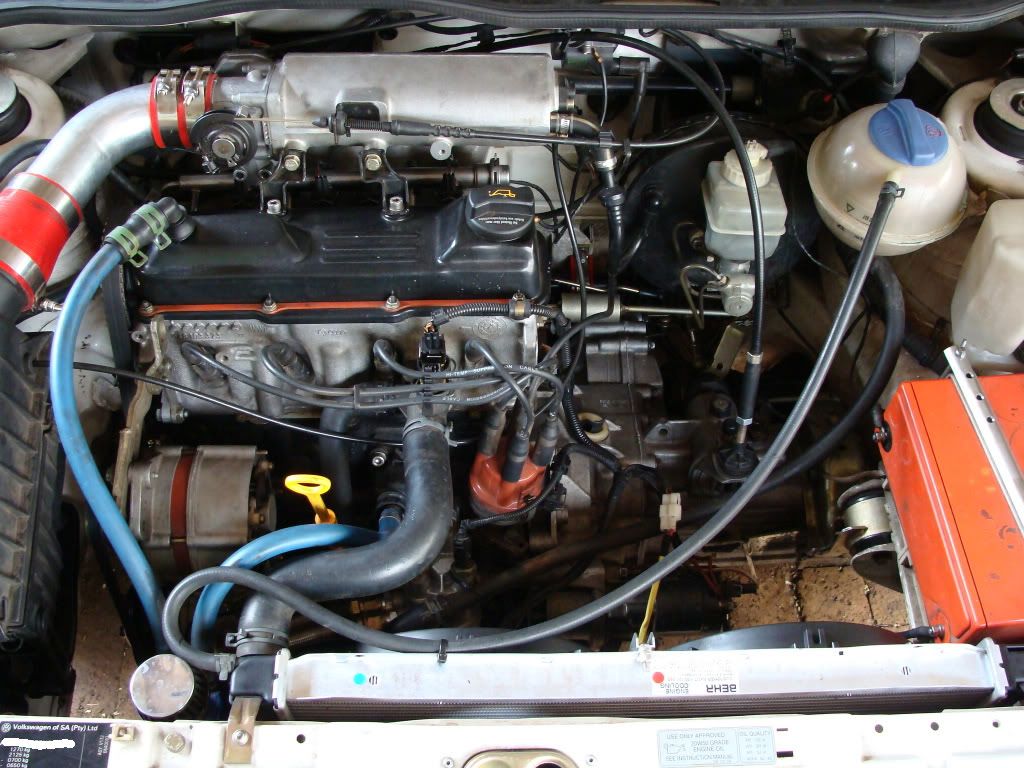Modified Production class in hillclimbing is still relatively free in the regulations - the only real restriction being that an original block must be used - internals are free, head is free, induction /exhaust free. So I am kind of thinking 82-83mm piston, retaining some wall thickness, allows bigger inlet and exhaust valves, take a few mm off the top of the block, stroke appropriate for piston size, (limit 1428cc), rods to fill the gap. Keep compression fairly high (any suggestions?), use the DTH ITB's I have as they will take some pressure, Badger-5 exhaust manifold and twurbo, 5bar fuel system (limit of injectors). Aim, minimum 400hp. TCS-linked boost control.
What management system would you go for?




